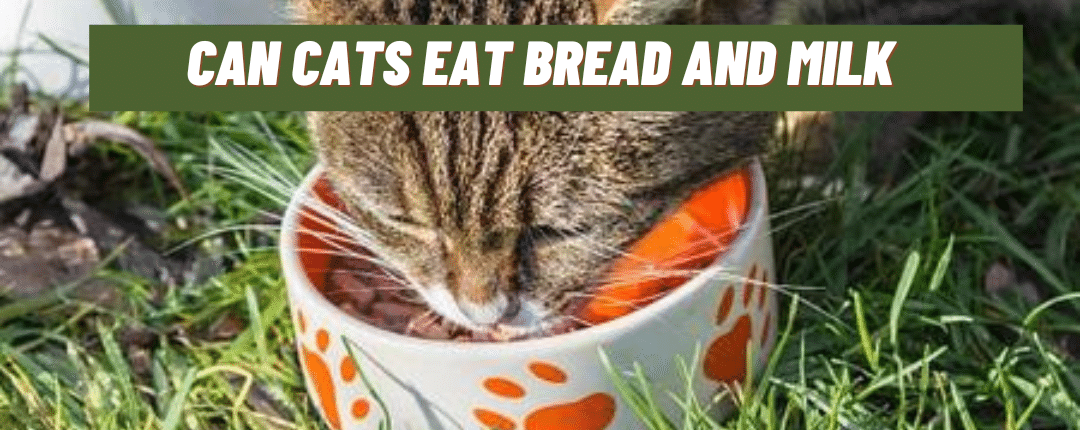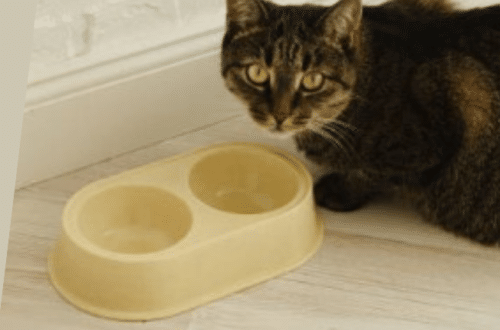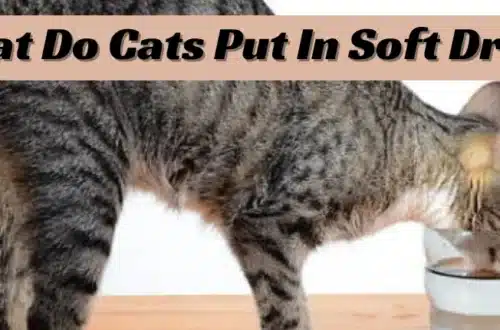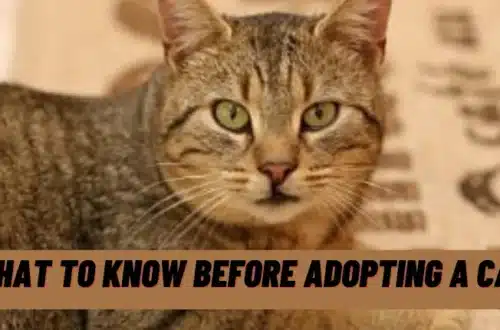Can cats eat bread and milk? This is a common question for cat owners, as bread and milk are staple human foods. However, the answer is more complex. While small amounts of bread are generally safe for cats, milk is more controversial. Most cats are lactose intolerant and cannot properly digest the lactose in milk. This can cause digestive upset.
Kittens can tolerate milk better than adult cats, but cow’s milk may still cause problems. The high-carb content of bread should also be monitored. Overall, bread and milk are not recommended parts of a cat’s diet. There are better alternatives to provide necessary nutrients. This article will explore the effects of bread and milk on cats’ health.
Can cats have bread?
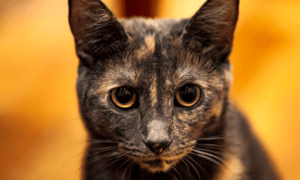
This question puzzles many cat owners. Bread seems harmless but does offer some pros and cons. Bread provides carbs for energy. The grains give cats fuel. Bread also has some fiber, which aids digestion. Calcium, iron, and B vitamins are in bread too.
Risks of Bread
However, bread lacks vital nutrients cats need. It does not have much protein, vitamins, or fatty acids. Too much bread may cause obesity. The carbs and calories add excess weight. Bread also has added salt and sugar, which cats don’t need. GI issues like diarrhea or constipation may occur, too.
How Much Bread is Safe?
In moderation, bread is likely safe. 1-2 small pieces, once or twice a week, should not harm cats. But only feed cats small portions of bread consistently.
Best Breads for Cats
Opt for whole-grain loaves of bread with minimal additives. Look for low-sodium options. Avoid giving moldy or stale bread to cats. Break bread into small pieces for cats. See bread as an occasional treat, not a dietary staple. Monitor cats’ weight when feeding bread. Some cats may develop grain allergies, too.
Benefits of Milk for Kittens (Nutrition for Growth):
Cats are curious creatures, and it’s not uncommon for them to show interest in your food, including that morning toast with butter or a bowl of milk. While bread and milk might seem harmless, it’s essential to understand whether they are safe for our feline friends. This guide explores the nuances of feeding cats milk, addressing key concerns such as lactose intolerance, signs of discomfort, and suitable alternatives.
In their early stages of life, Kittens benefit from their mother’s milk. It provides essential nutrients crucial for their growth and development. The richness of mother’s milk ensures they receive the necessary proteins and fats to become healthy, active cats.
Lactose Intolerance in Adult Cats:
As cats grow older, their ability to digest lactose diminishes. Most adult cats become lactose intolerant, meaning they lack the enzymes necessary to break down lactose, the sugar in milk. Feeding adult cats regular cow’s milk can lead to digestive issues, and it’s crucial to recognize the signs of lactose intolerance.
Signs of Milk Intolerance in Cats (Diarrhea, Vomiting, Gas)
Understanding the signs of milk intolerance is vital for a cat owner. If your cat experiences diarrhea, vomiting, or excessive gas after consuming milk, lactose intolerance may be at play. These discomforting symptoms signal a need to reconsider introducing milk into your cat’s diet.
Alternatives to Cow’s Milk for Cats (Goat Milk, Cat Milk)
For cat owners keen on giving their feline companions a milk-like treat, alternatives like goat or specially formulated cat milk can be considered. These options often have lower lactose levels, reducing the likelihood of digestive issues in adult cats.
Read more about: messiturf-10.com
How much milk can cats have safely?
Moderation is vital when it comes to giving cats milk. While a small amount as an occasional treat might be acceptable for some cats, overindulgence can lead to digestive upset. It’s essential to monitor your cat’s response and consult a veterinarian to determine the safe quantity for your feline friend.
Tips for Introducing Milk to Cats’ Diet
If you introduce milk to your cat’s diet, do so gradually. Start with small amounts and observe your cat’s reaction. You can continue with occasional servings if there are no signs of discomfort. Remember, every cat is unique, and what works for one may not work for another.
Dangers of Bread and Milk for Cats
Many cat owners wonder if sharing a bit of bread and milk with their feline companions is harmless. However, it’s crucial to recognize the potential dangers associated with these human foods. This guide delves into the risks of feeding cats bread and milk, shedding light on obesity concerns, digestive issues, nutritional deficiencies, and dehydration.
Obesity from Calories
Cats, being small creatures, have specific dietary requirements. Bread and milk, while tasty to us, can contribute to excessive calorie intake for cats, potentially leading to obesity. Cats should maintain a balanced diet to stay at a healthy weight.
Digestive Upset from Lactose and Carbs
Cats often lack the enzymes needed to digest lactose and may struggle with the carbohydrates present in bread. Feeding them these items can result in digestive upset, causing discomfort and potential health issues. It’s essential to be mindful of their sensitive digestive systems.
Nutritional Deficiencies
While bread and milk offer some nutrients, they are not tailored to a cat’s nutritional needs. Regular consumption can lead to nutritional deficiencies, impacting your feline friend’s overall health and well-being. Providing well-balanced cat food is crucial for their proper growth and development.
Dehydration
Contrary to popular belief, milk is not a suitable substitute for water in a cat’s diet. Feeding cats milk without ensuring they have enough water can contribute to dehydration. Cats should always have access to clean water to maintain their hydration levels.
Food Allergies
Like humans, cats can have food allergies. Introducing new elements like bread into their diet may lead to allergic reactions, ranging from mild discomfort to severe issues. It’s crucial to monitor your cat’s response to new food and seek veterinary advice if concerns arise.
Healthier Treats for Cats
When treating your feline friend, it’s crucial to choose options that satisfy their taste buds and contribute to their overall well-being. While the appeal of sharing human snacks like bread and milk with your cat might be strong, opting for healthier alternatives ensures a happier and healthier kitty. This guide will explore basic strategies for providing treats that align with your cat’s dietary needs.
Meat-Based Treats
Meat-based treats are a cat’s delight. Whether it’s small pieces of cooked chicken, turkey, or beef, these protein-packed options satisfy their predatory instincts and provide essential nutrients for their health.
Fish
Fish, such as salmon or tuna, is a flavorful treat many cats adore. Rich in omega-3 fatty acids, fish can contribute to a shiny coat and support overall feline health. Ensure it’s cooked and boneless to avoid potential hazards.
Commercial Cat Treats
Specialized cat treats available in pet stores are formulated to meet feline nutritional requirements. These treats come in various flavors and textures, allowing you to find options that cater to your cat’s preferences while ensuring a balanced diet.
Frozen Fruits/Veggies
Consider offering your cat small pieces of frozen fruits or vegetables for a refreshing treat. Suitable options include bite-sized portions of berries or peas. This not only adds variety to their diet but also provides hydration.
Cat Grass
Cat grass, like wheatgrass or oat grass, is a healthy and natural treat. It aids in digestion and can help prevent hairballs. You can quickly grow cat grass at home or find it in pet stores for a cat-friendly green treat.
Conclusion
Bread and milk are not ideal foods for cats. While small portions may be tolerated, both pose risks of obesity, nutritional deficiencies, and digestive issues. For healthier treat alternatives, choose low-fat meats, fish, commercial cat treats, frozen fruits/veggies, or cat grass instead. Overall, it’s best to avoid giving cats bread and milk regularly.
Read more about: ttbhealth

